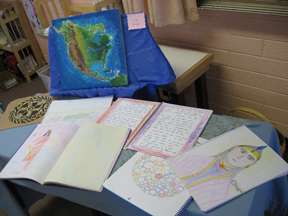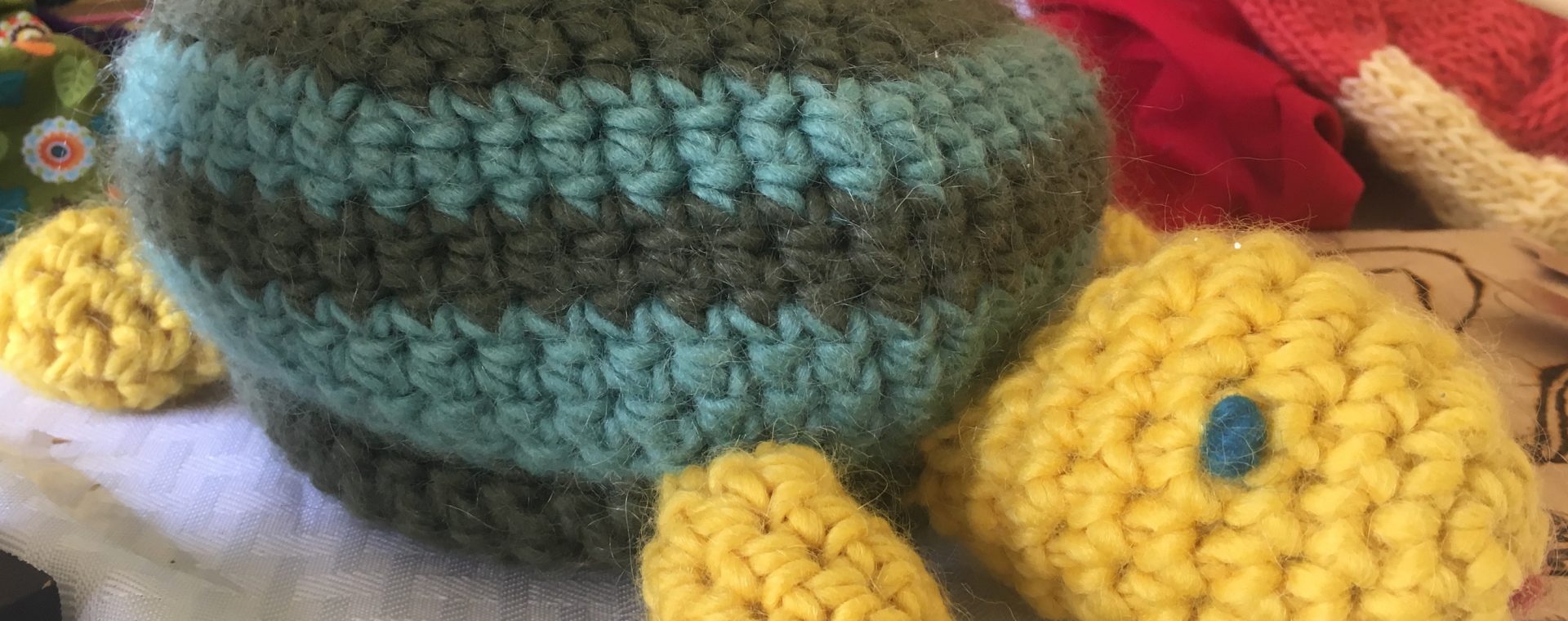Fifth Grade
 Developmental Profile of an Fifth Grade Child*
Developmental Profile of an Fifth Grade Child*
This age marks the pivotal point between childhood and puberty and the child attains a certain ease and grace of movement intrinsic to the age. Movement that is coordinated, balanced and harmonious is a key-note of the developmental stage. Cognitively, the children are more able to understand questions and phenomena in a realistic and reasoning manner.
Out of the growing memory powers, a sense for time has developed. Memory allows for looking back and planning for the future and, combined with deepening feeling, for the emergence of conscience and responsibility.
Educational Experience
The children now feel secure enough in their sense of self to begin the exploration of the world in ever-widening circles of time and space. In geography, they study the United States and its neighboring North American nations. In history, they meet the ancient civilizations of India, Persia, Mesopotamia, Egypt and Greece through the study of mythology and culture.
Plant life is the focus of science, and decimals are introduced in the mathematical lessons. Instrumental music, singing and artistic studies continue.
|
History/Social Studies
|
India, Persia, Mesopotamia, Egypt, and Greece. |
|
Literature
|
Greek mythology; biographies of great people, fiction & nonfiction. |
|
English and Grammar
|
Active and passive, subject and predicate, syntax, writing, paragraph organization, essays, composition, spelling. |
|
Foreign Language
|
Simple text, syntax, short descriptions; Greek. |
|
Geography
|
Geography of the United States. |
|
Sciences
|
Zoology: lesser known animals; botany. |
|
Mathematics
|
Decimals, fractions, mixed numbers, reciprocals, ratio & proportion, Pythagorean theorem, graphs & tables, measurement. |
|
Music
|
Major and minor scales; strings and winds. |
|
Drawing
|
Free geometric drawing, dynamic drawing. |
|
Painting
|
Work from darkness into light. |
|
Handwork
|
Four needle knitting: socks, mittens, etc. |
|
Woodwork
|
Carving spoons and bowls. |
|
Modeling
|
Clay modeling: clay tablets, Greek vases. |
|
Eurythmy
|
Rod exercises; geometric forms; beat, rhythm, & pitch. |
|
Physical Education
|
Greek sports: javelin, discus, shot put, long jump, etc. |
* The Educational Tasks and Content of the Steiner Waldorf Curriculum, Edited by Martyn Rawson and Tobias Ritcher


